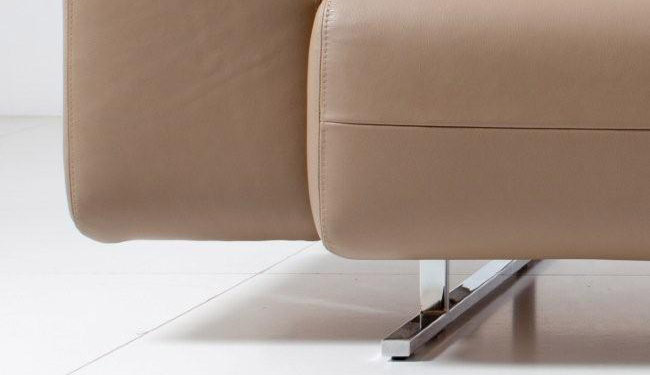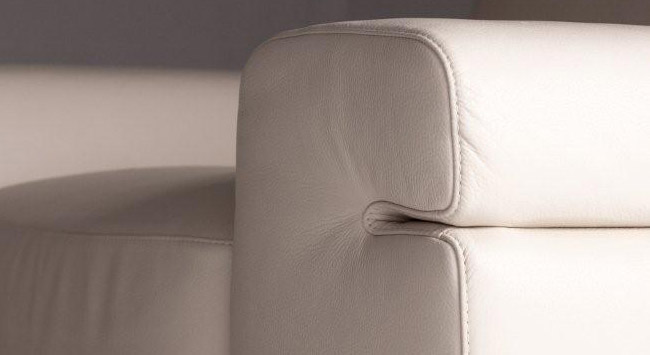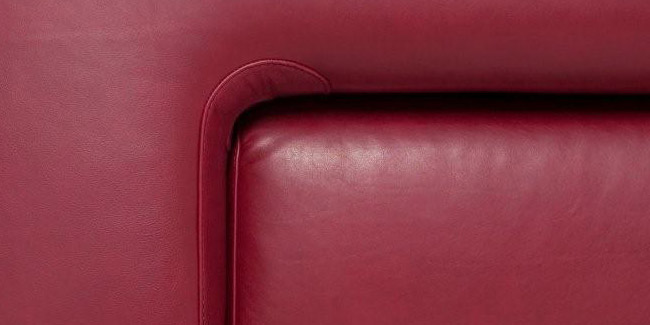Quality
Quality
Real leather is a natural product - it breathes, it feels warm in touch, and it possesses its individual features that raise its natural charm and beauty.
Due to the fact that, that leather is a natural product and it displays visible traces of its past such as brand marks, scars, growth lines, veins and areas of differing fibre density and hair pore structure. These hallmarks in no way detract from its natural beauty, in contrary, they are markings that every buyer should look for as they confirm leather natural class. A living animal is exposed to various environmental impact: natural leather possesses characteristic properties that proves its originality - they are individual markings and traces built over gradually over years. They cannot be called defects and they do not reduce its lifetime - in fact, they improve its appearance and let us distinguish between real leather and fake one.


As time passes, during everyday use leather can be prone to wear and tear (which is considered absolutely normal).
On average, among at least eight leather mats even two are not identical - mainly due to structural reasons. Dyes and paints used in the final stage of furniture leather production penetrate into the leather to a varying degree, which does not always make it possible to obtain uniformity of the produced batch. The same applies to leather thickness. Leather used for furniture production usually has a thickness of 0,9 mm - 1,1 mm (for example madras, venice, roma),1,2 mm-1,4 mm (modena), 1,3mm-1,5mm (dollaro) – it depends mainly on the type of the leather, which is to be obtained (initial selection based on the size of mats and tear and wear is usually carried out).
The desired thickness range of the particular products is achieved thanks to splitting the skin into two parts (or even three parts) - this is how we receive the so called ”splits” – lower parts of the skin after splitting. The splits then undergo further production processes similarly to grain leather and are used for furniture production (since the fibres of the split are looser than in case of grain leather, it is not as resistant to tears and fractures - therefore it is generally used to cover the rear and side elements of furniture; these are places that are not subject to heavy wear and tear).
Since every type of leather is itself truly unique, all colour samples shall be treated as an offer guide only rather than ideal copy of the finished product we would like to get.



